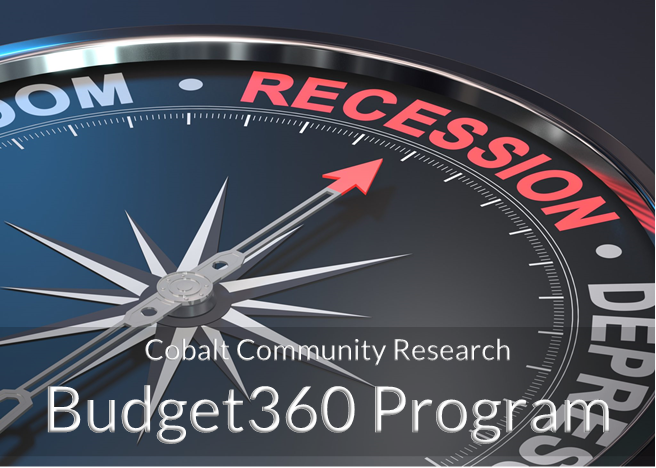|
The End in Mind
|
|
The unknowns of broad economic conditions, second wave of COVID19, social unrest, and political volatility all combine to add spice to local leaders’ otherwise dry and boring summer routines.
While local governments have responded with flexibility and compassion to the sudden impacts of the pandemic, local leaders may be leaving important tools unused. As a business person who is not an expert in local government management, I am impressed with the diverse and critical activities local governments deliver. As an executive with experience in change management, I have ideas from outside the local government sector that may be helpful. The heart of it is simple: Identify the processes that deliver the most value; eliminate those that do not. Way back in the 1990s, there was an approach to business optimization from MIT called Business Process Reengineering: “The fundamental rethinking and radical redesign of business processes to achieve dramatic improvements in critical contemporary measures of performance, such as cost, quality, service, and speed.” While originally designed for corporations, reengineering also applied to governmental entities. Here are the core concepts.
Leading these types of activities and changes isn’t easy. Fortunately, these unusual times can open doors of opportunity that were much more firmly closed in the past. Here are some suggestions to help push the door open further and lead people through:
The year ahead will be a time of stress and frustration. It also can be a time of hope and the development of better ways to achieve your mission. |
Further reading
|
For more information on how Cobalt can help you adapt and thrive in the changing demographic, economic and social environment, visit the Cobalt website or reach out to us by email. Let us know if you need anything at all for benchmarking or research data; we are here for you.
Cobalt Community Research is a national 501c3 nonprofit, non-partisan coalition that helps local governments, schools and membership organizations measure, benchmark, and affordably engage communities through high-quality metrics, mobile geofencing data, surveys, and dynamic population segmentation. Cobalt combines big data with local insights to help organizations thrive as changes emerge in the economic, demographic and social landscape. Explore how we can help by calling 877.888.0209, or by emailing [email protected].
Cobalt Community Research is a national 501c3 nonprofit, non-partisan coalition that helps local governments, schools and membership organizations measure, benchmark, and affordably engage communities through high-quality metrics, mobile geofencing data, surveys, and dynamic population segmentation. Cobalt combines big data with local insights to help organizations thrive as changes emerge in the economic, demographic and social landscape. Explore how we can help by calling 877.888.0209, or by emailing [email protected].






